In the realm of Mineral processing, the flotation process stands out as a critical method for separating valuable minerals from their ores. Central to this process is the flotation frother, a substance that plays a pivotal role in generating foam within the ore pulp. This foam is essential for enriching available minerals at the foaming interface, thereby creating optimal conditions for effective flotation. The quality and type of flotation frother used can significantly influence the efficiency of mineral recovery, making it a vital component in the mining industry.
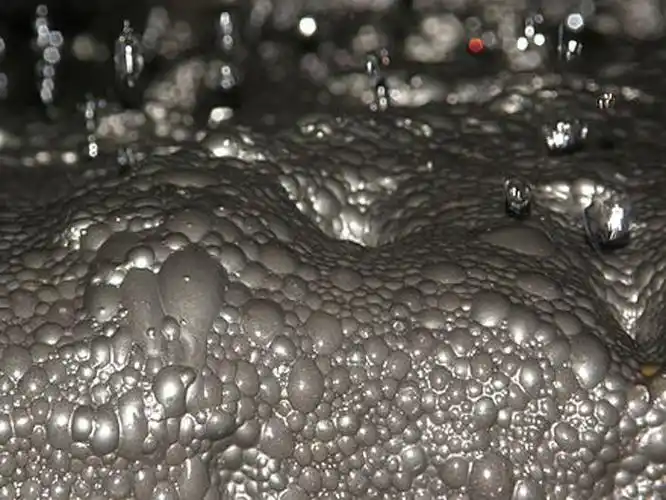
Understanding the Role of Flotation Frothers
Flotation frothers are chemical agents that facilitate the formation of foam in the flotation process. The primary function of these frothers is to stabilize the foam, allowing for the selective attachment of mineral particles to air bubbles. This attachment is crucial, as it enables the valuable minerals to rise to the surface, where they can be collected as a concentrate. Conversely, unwanted materials, or gangue, remain submerged, leading to a cleaner separation of minerals.
The effectiveness of a flotation frother is determined by several factors, including its ability to generate foam, the stability of the foam produced, and its interaction with the mineral particles. A well-chosen frother can enhance the recovery rates of valuable minerals, improve concentrate quality, and ultimately increase the profitability of mining operations.
Commonly Used Flotation Frothers
Several types of Flotation frothers are commonly employed in the mineral flotation process, each with unique properties and advantages. Among the most widely used frothers are Pine oil and methyl isobutyl carbinol (MIBC).
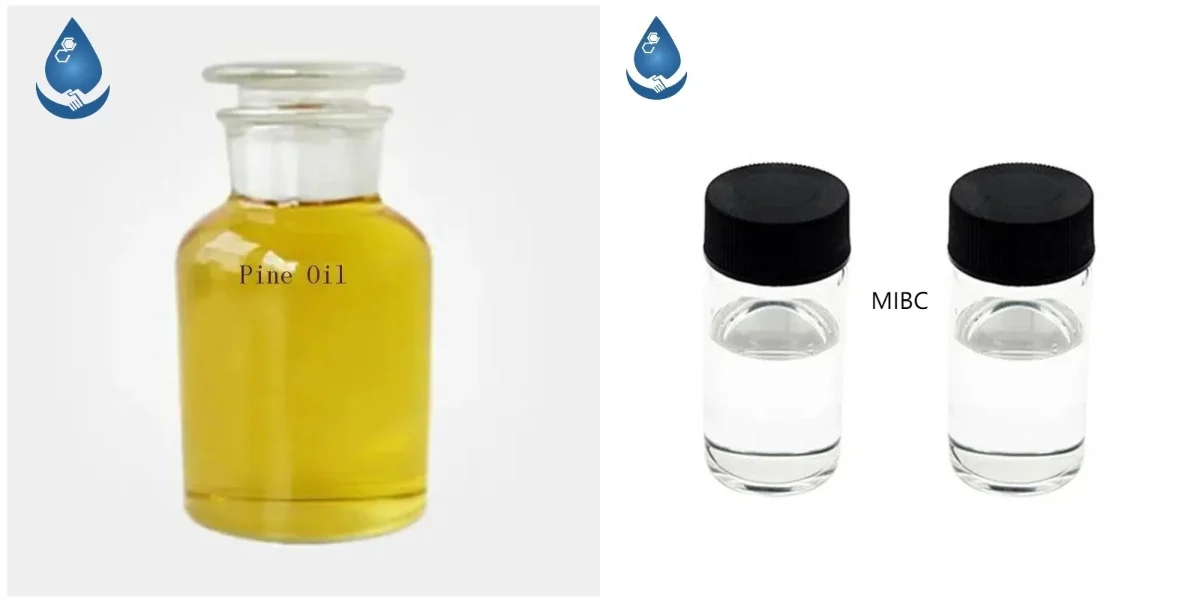
1. Pine Oil
Pine oil is one of the oldest and most traditional flotation frothers used in the mining industry. Derived from the distillation of pine roots and branches, this yellow oily liquid is known for its strong foaming properties. Pine oil is particularly effective in generating a large volume of foam, which is essential for the flotation process.
However, one of the limitations of pine oil is its lack of capture ability, meaning it does not effectively attach to mineral particles. This characteristic can lead to lower recovery rates for certain minerals. Despite this drawback, pine oil remains a popular choice due to its natural origin and cost-effectiveness.
2. Methyl Isobutyl Carbinol (MIBC)
Methyl isobutyl carbinol (MIBC) is a synthetic flotation frother that has gained widespread acceptance in the mining industry. This colorless and transparent liquid is favored for its excellent performance in the flotation process. One of the key advantages of MIBC is its ability to form uniform and smooth foam, which significantly reduces the presence of impurities in the foam product.
The uniformity of the foam generated by MIBC enhances the overall flotation process, leading to improved concentrate quality. Additionally, MIBC's chemical properties allow it to interact effectively with a wide range of mineral particles, making it a versatile choice for various mining operations.
Factors Influencing Froth Quality
The flotation process has specific requirements regarding the quantity, size, and strength of the foam produced. The quality of the flotation frother directly impacts these factors, which in turn affects the overall flotation efficiency. Therefore, it is crucial for mining operators to carefully select the appropriate type of flotation frother and to optimize its dosage during the flotation process.
Quantity of Frother: The amount of flotation frother used can significantly influence the foam's characteristics. An insufficient quantity may lead to weak foam that collapses quickly, while an excessive amount can result in overly stable foam that hinders the separation process. Finding the right balance is essential for achieving optimal flotation conditions.
Size of Foam Bubbles: The size of the foam bubbles generated during flotation plays a critical role in the attachment of mineral particles. Smaller bubbles tend to have a higher surface area-to-volume ratio, which can enhance the probability of mineral attachment. Conversely, larger bubbles may carry more mineral particles to the surface but can also trap unwanted gangue materials.
Strength of Foam: The stability of the foam is crucial for maintaining the separation of minerals during the flotation process. A strong foam can support the weight of the mineral concentrate, allowing for easier collection. However, if the foam is too strong, it may become difficult to manage, leading to operational challenges.
The Economic Impact of Flotation Frothers
The choice of flotation frother and its application in the flotation process can have significant economic implications for mining enterprises. A well-optimized flotation process can lead to higher recovery rates of valuable minerals, improved concentrate quality, and reduced processing costs. Conversely, poor frother selection or application can result in lower recovery rates, increased operational costs, and diminished profitability.
Mining companies are increasingly recognizing the importance of investing in high-quality flotation frothers and optimizing their use in the flotation process. By doing so, they can enhance their overall operational efficiency and competitiveness in the market.
Conclusion
Flotation frothers are indispensable components of the mineral flotation process, playing a crucial role in the effective separation of valuable minerals from their ores. The choice of frother, whether it be traditional options like pine oil or synthetic alternatives like MIBC, can significantly impact the efficiency and profitability of mining operations.
As the mining industry continues to evolve, the importance of optimizing Flotation frother selection and application will only grow. By understanding the properties and effects of different frothers, mining operators can enhance their flotation processes, leading to improved recovery rates, higher concentrate quality, and ultimately, greater economic success. The future of mineral processing will undoubtedly rely on the continued innovation and optimization of flotation frothers, ensuring that the industry remains efficient and sustainable in the years to come.
- Random Content
- Hot content
- Hot review content
- High Quality Sodium silicate 99% Water glass
- Citric acid-Food Grade
- butyl vinyl ether
- Diethylene Glycol
- Adipic acid 99% used as the material of nylon 66
- 99.5% Pure Ethylene Glycol Mono Ethylene Glycol MEG EG
- Copper Sulfate Monohydrate (CuSO4-H2O) Powder (Cu:34% Min)
- 1Discounted Sodium Cyanide (CAS: 143-33-9) for Mining - High Quality & Competitive Pricing
- 2China's New Regulations on Sodium Cyanide Exports and Guidance for International Buyers
- 3Sodium Cyanide 98% CAS 143-33-9 gold dressing agent Essential for Mining and Chemical Industries
- 4International Cyanide(Sodium cyanide) Management Code - Gold Mine Acceptance Standards
- 5China factory Sulfuric Acid 98%
- 6Anhydrous Oxalic acid 99.6% Industrial Grade
- 7Oxalic acid for mining 99.6%
- 1Sodium Cyanide 98% CAS 143-33-9 gold dressing agent Essential for Mining and Chemical Industries
- 2High Quality 99% Purity of Cyanuric chloride ISO 9001:2005 REACH Verified Producer
- 3Zinc chloride ZnCl2 for High Molecular Weight Polymers Initiator
- 4High Purity · Stable Performance · Higher Recovery — sodium cyanide for modern gold leaching
- 5High Quality Sodium Ferrocyanide / Sodium Hexacyanoferr
- 6Gold Ore Dressing Agent Safe Gold Extracting Agent Replace Sodium Cyanide
- 7Sodium Cyanide 98%+ CAS 143-33-9


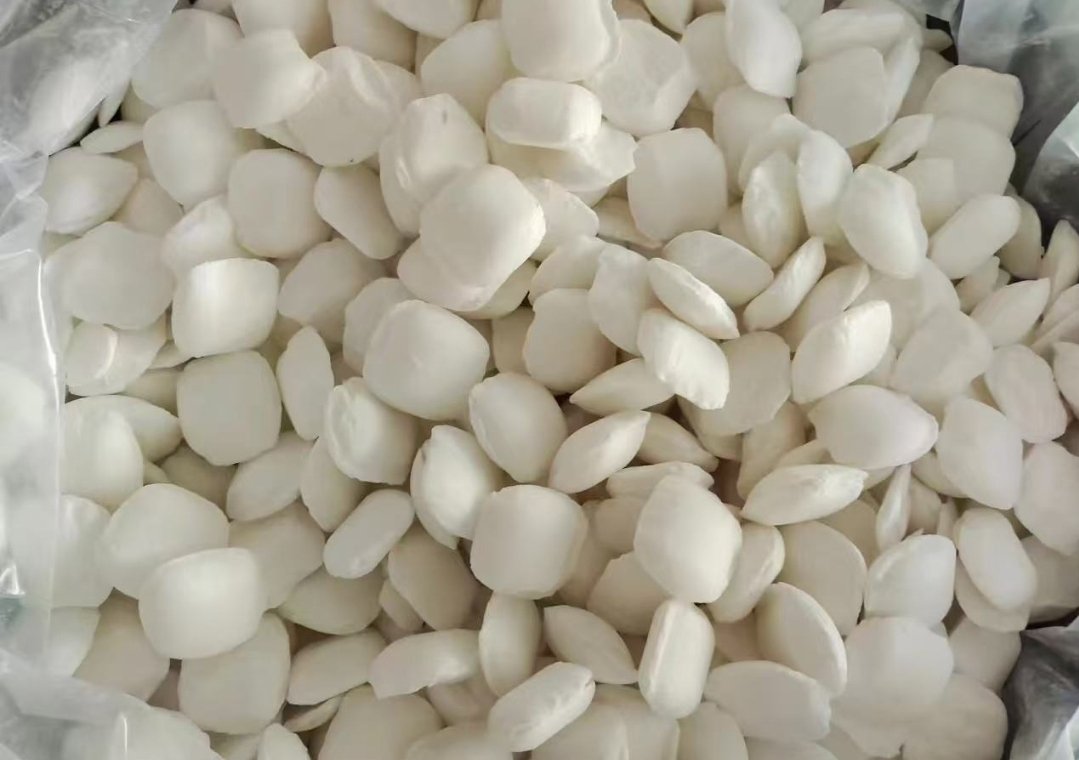
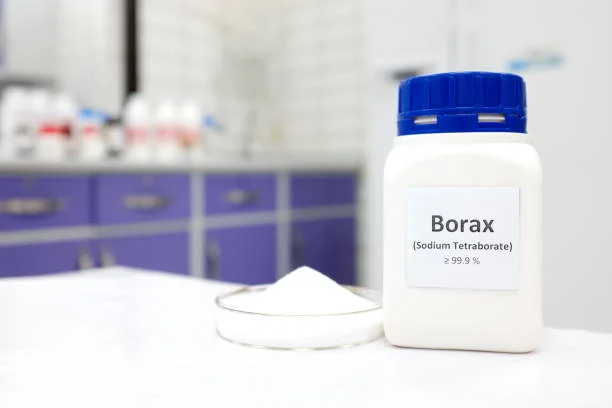
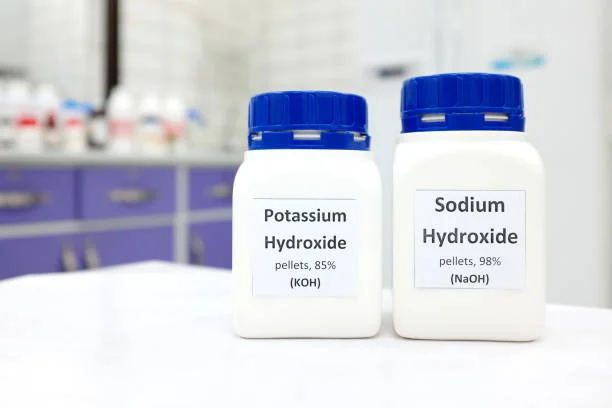
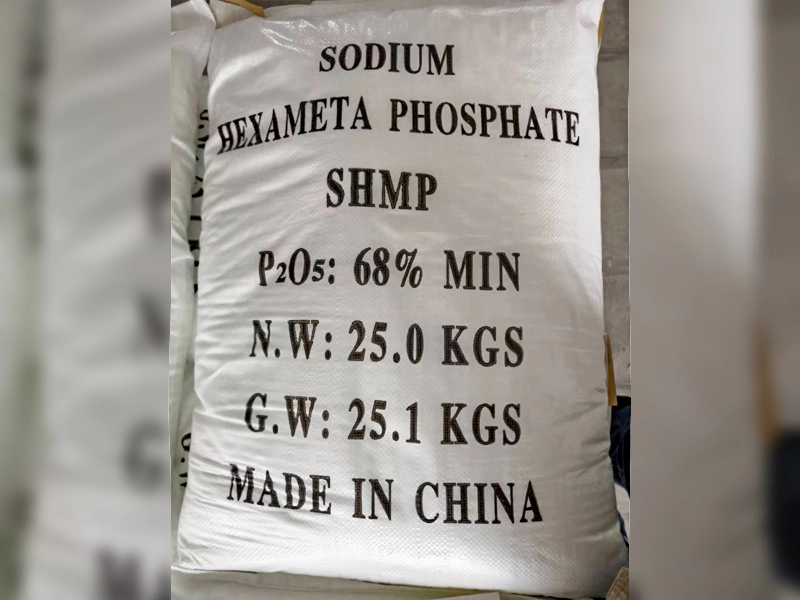


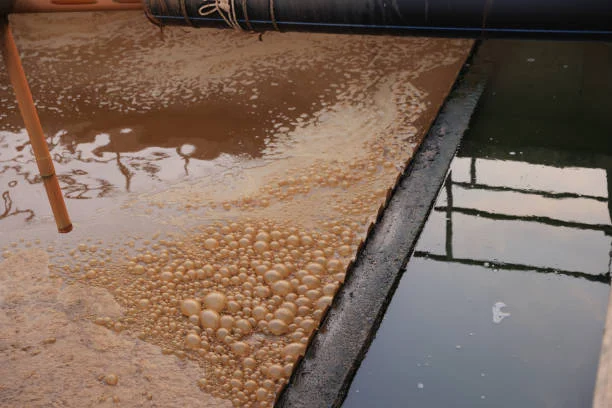


Online message consultation
Add comment: